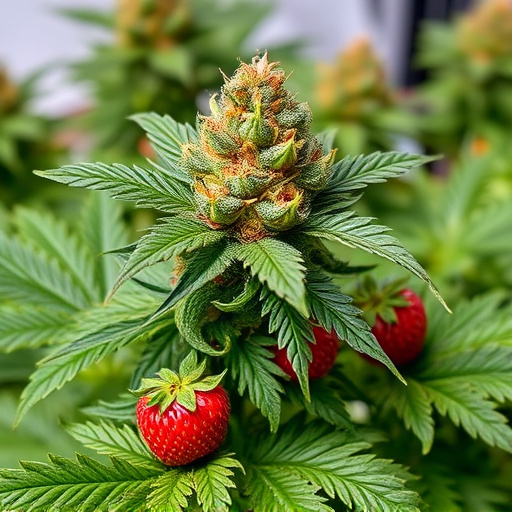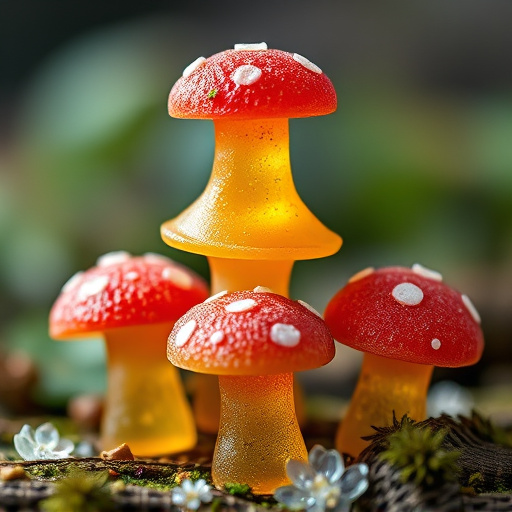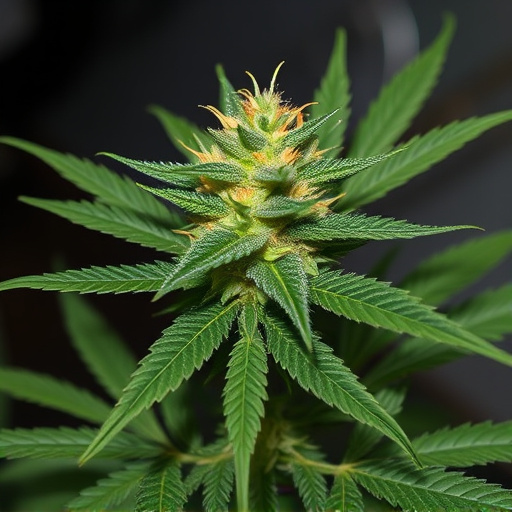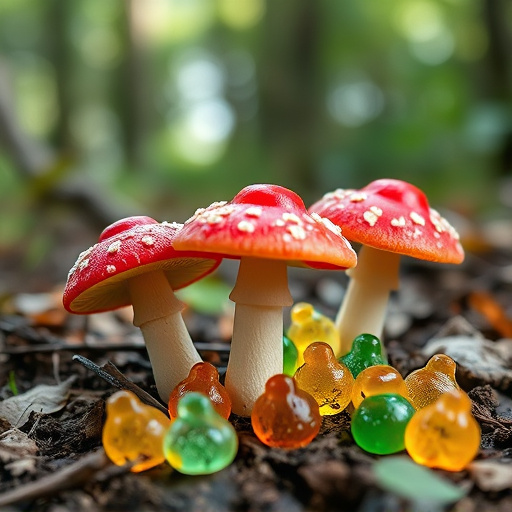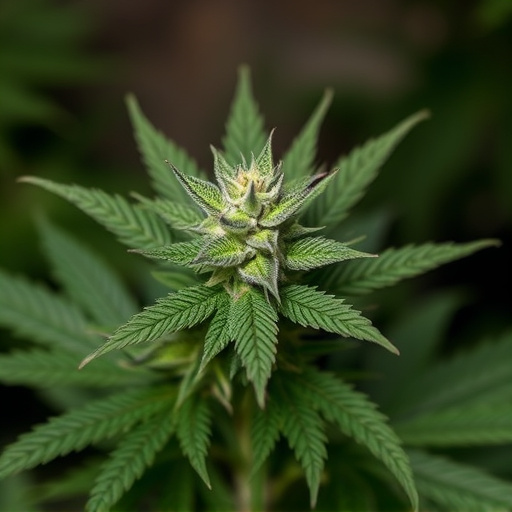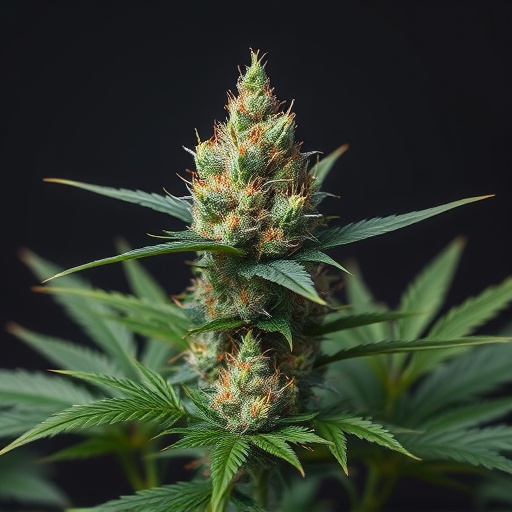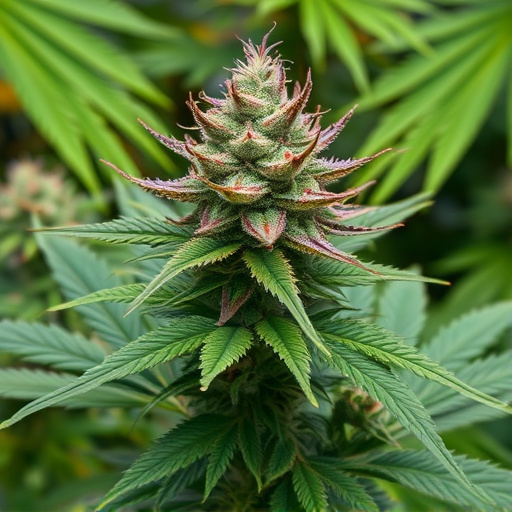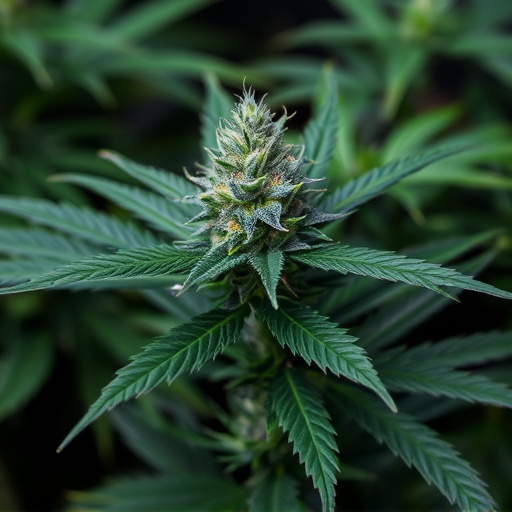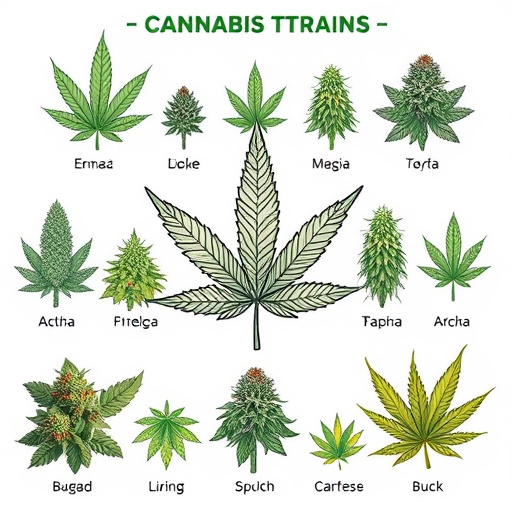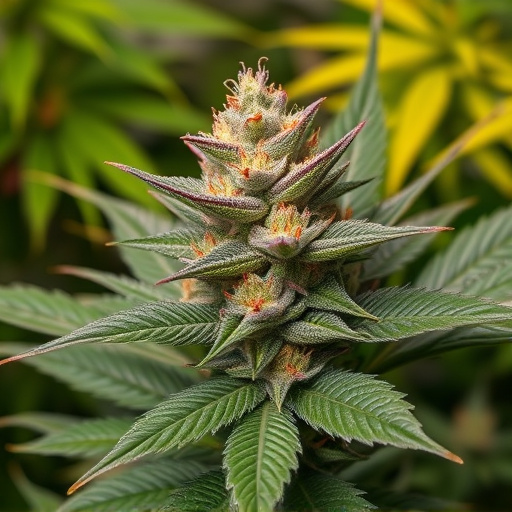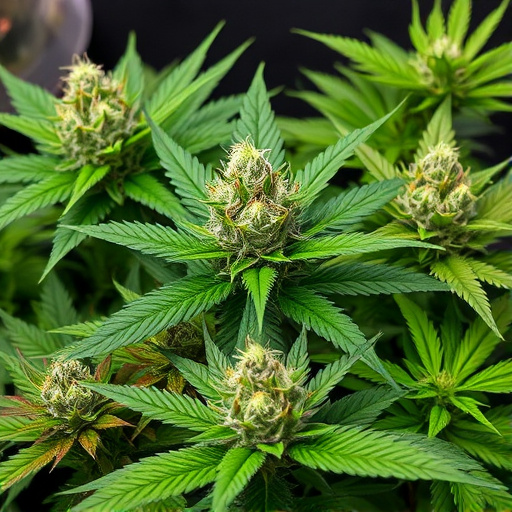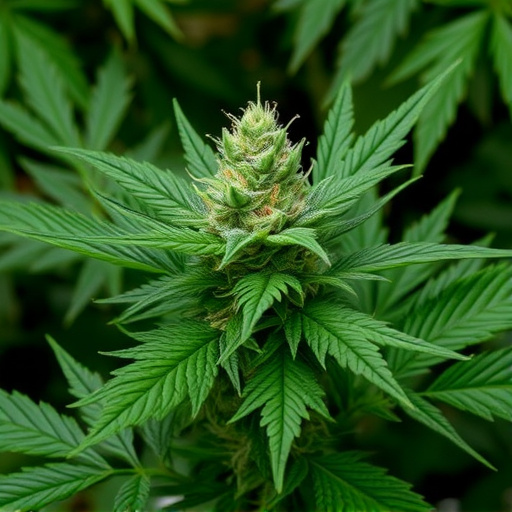The full-spectrum approach in cannabis highlights the synergistic benefits of cannabinoids (like THC and CBD), terpenes, and flavonoids working together through the Entourage Effect. This natural interaction offers more therapeutic advantages compared to isolated cannabinoids. Different types of cannabis strains vary in their cannabinoid profiles—for instance, Indica contains higher THC for relaxation while Sativa has more CBD for anti-inflammatory effects. Understanding these distinct profiles is crucial for consumers seeking tailored relief from conditions like chronic pain or anxiety using specific types of cannabis strains.
“Uncover the captivating world of cannabinoids and explore the nuances of full-spectrum vs. isolated variants in our comprehensive guide. Understanding these distinctions is key to navigating the diverse landscape of cannabis. From the synergistic ‘Entourage Effect’ of full-spectrum extracts to the targeted benefits of isolated cannabinoids, each has its unique profile. We delve into various types of cannabis strains, their specific cannabinoid compositions, and how these variations shape consumer choices, catering to different preferences and needs.”
- Understanding Full-Spectrum Cannabinoids: Unlocking the Entourage Effect
- Isolated Cannabinoid Profile: Individual Benefits and Considerations
- Types of Cannabis Strains and Their Cannabinoid Composition: A Comprehensive Look
Understanding Full-Spectrum Cannabinoids: Unlocking the Entourage Effect
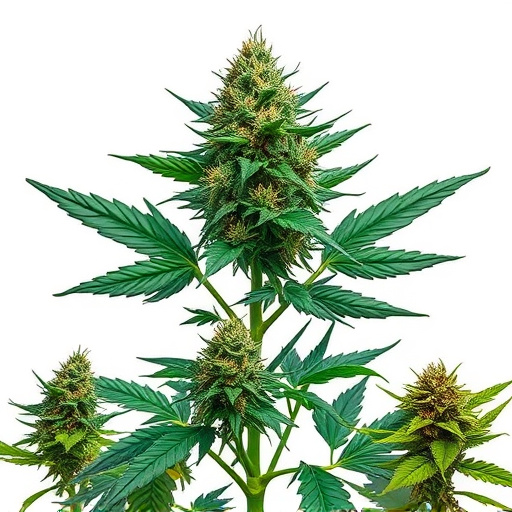
Full-spectrum cannabinoids refer to the wide range of chemical compounds found in cannabis plants, including terpenes, flavonoids, and other minor cannabinoids. These compounds work together synergistically, creating what’s known as the Entourage Effect. This effect enhances or modifies the way the primary cannabinoid, like THC or CBD, interacts with our bodies. Unlike isolated cannabinoids that focus on a single compound, full-spectrum products offer a more natural approach by preserving the complex interplay of these compounds found in different types of cannabis strains.
Understanding this intricate relationship is crucial when considering the potential therapeutic benefits. The Entourage Effect can lead to more balanced and diverse outcomes, addressing various physiological systems rather than just targeting a single cannabinoid receptor. This holistic view has sparked interest among researchers and consumers alike, pushing the industry towards developing full-spectrum products that harness the power of nature’s complex chemistry.
Isolated Cannabinoid Profile: Individual Benefits and Considerations
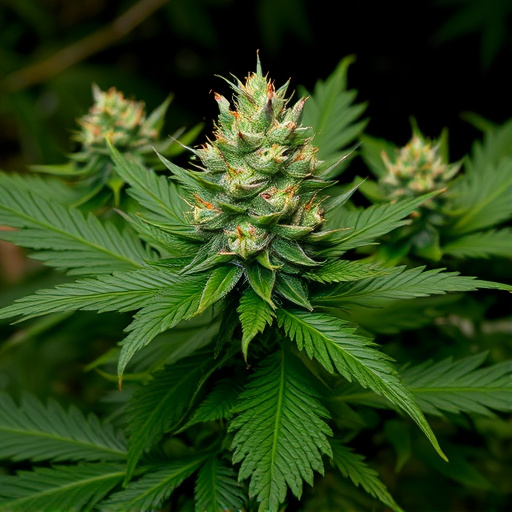
Isolated cannabinoids refer to single compounds extracted from the cannabis plant, such as CBD (Cannabidiol) or THC (Tetrahydrocannabinol). Each isolated cannabinoid has its unique profile and benefits. For instance, CBD is known for its potential anti-inflammatory and anxiolytic properties, making it a popular choice among users seeking relief from chronic pain or anxiety without the psychoactive effects of THC.
When considering isolated cannabinoids, it’s essential to explore the benefits aligned with specific types of cannabis strains. Different strains offer varying ratios of cannabinoids, terpenes, and flavonoids, which can influence their therapeutic effects. Some strains may be high in CBD, while others are rich in THC or a combination of both. Understanding these profiles is crucial for tailoring cannabinoid use to individual needs and preferences, especially when it comes to treating specific conditions through the exploration of different types of cannabis strains.
Types of Cannabis Strains and Their Cannabinoid Composition: A Comprehensive Look
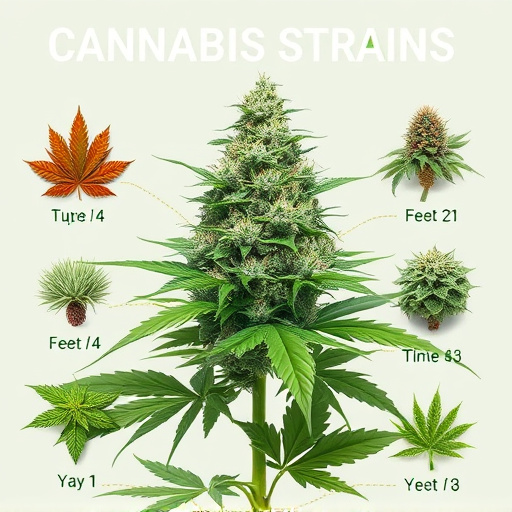
Cannabis plants, with their diverse genetic makeup, produce a wide array of chemical compounds known as cannabinoids. These compounds contribute to the unique effects and therapeutic potential of different cannabis strains. Understanding the cannabinoid composition within various types of cannabis strains is essential for consumers looking to harness specific benefits.
The most well-known cannabinoids include THC (tetrahydrocannabinol) and CBD (cannabidiol), but there’s a vast spectrum beyond these two. Cannabis strains can be broadly categorized based on their dominant cannabinoids. For instance, Indica strains are often associated with higher THC levels, offering a more sedative and relaxing effect. In contrast, Sativa strains typically contain elevated amounts of CBD, which is known for its potential anti-inflammatory and analgesic properties. Some rare and specialized strains even exhibit balanced profiles, providing a harmonious blend of effects from both THC and CBD.
In comparing full-spectrum vs. isolated cannabinoids, it’s clear that both have their merits. Full-spectrum cannabinoids, with their complex blend of terpenes and other minor compounds, offer what’s known as the Entourage Effect—synergistic interactions that may enhance overall well-being. On the other hand, isolated cannabinoids provide targeted benefits by focusing on a single compound, making them ideal for specific conditions. When considering types of cannabis strains, their unique cannabinoid composition plays a significant role in therapeutic potential. Ultimately, the choice between full-spectrum and isolated depends on individual needs and preferences, highlighting the importance of exploring both options within the dynamic world of cannabis.

